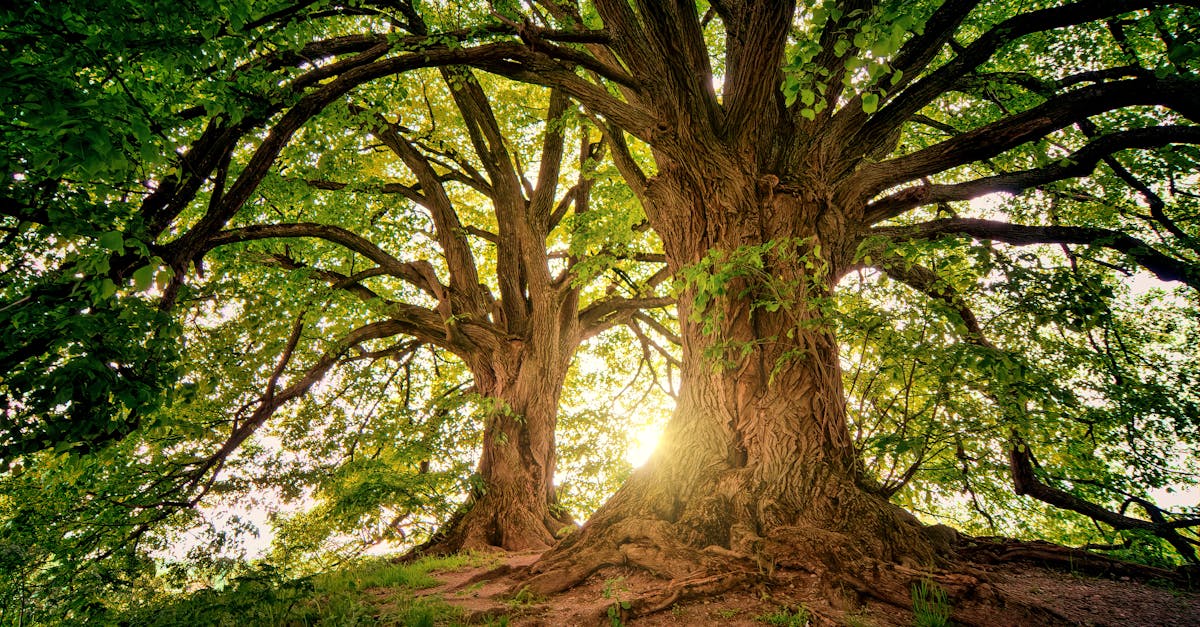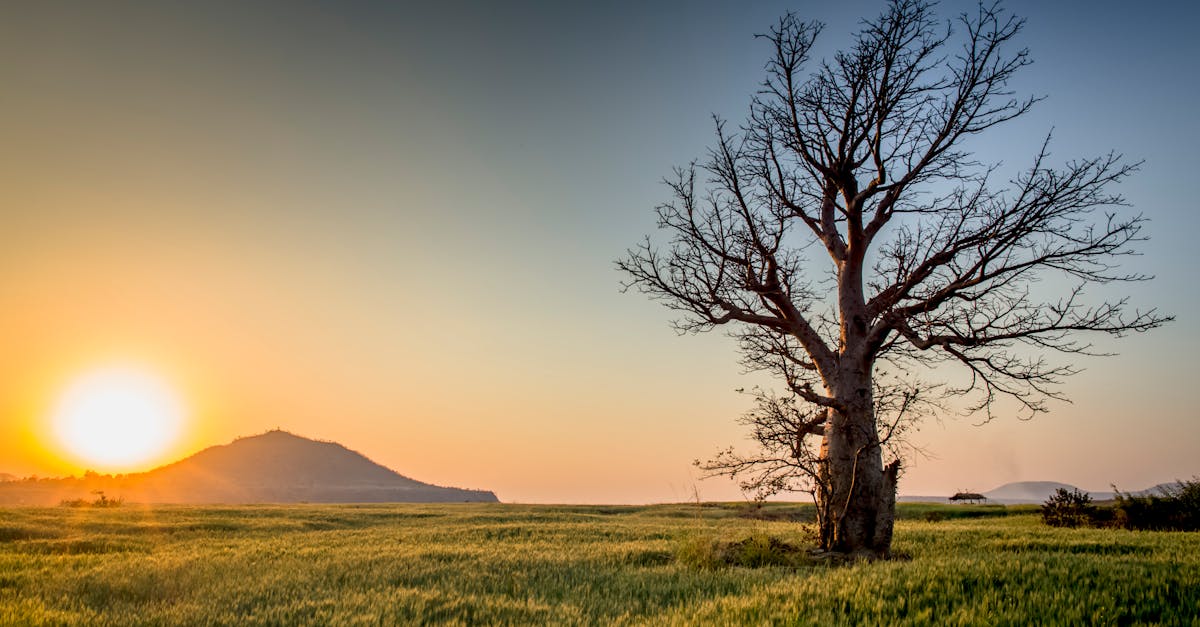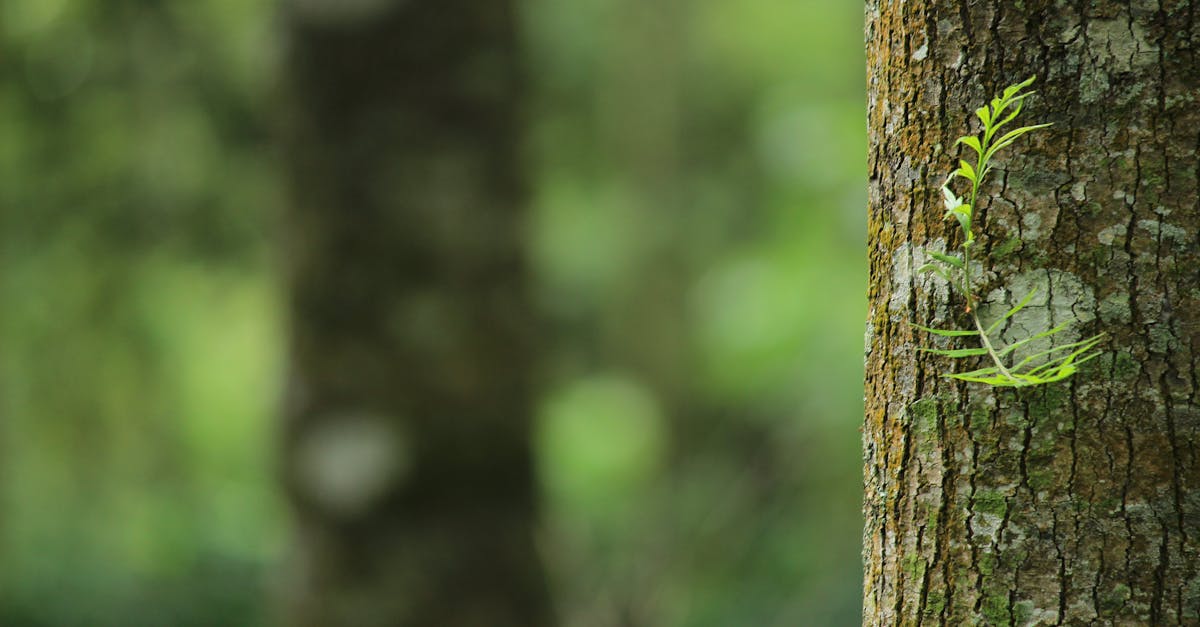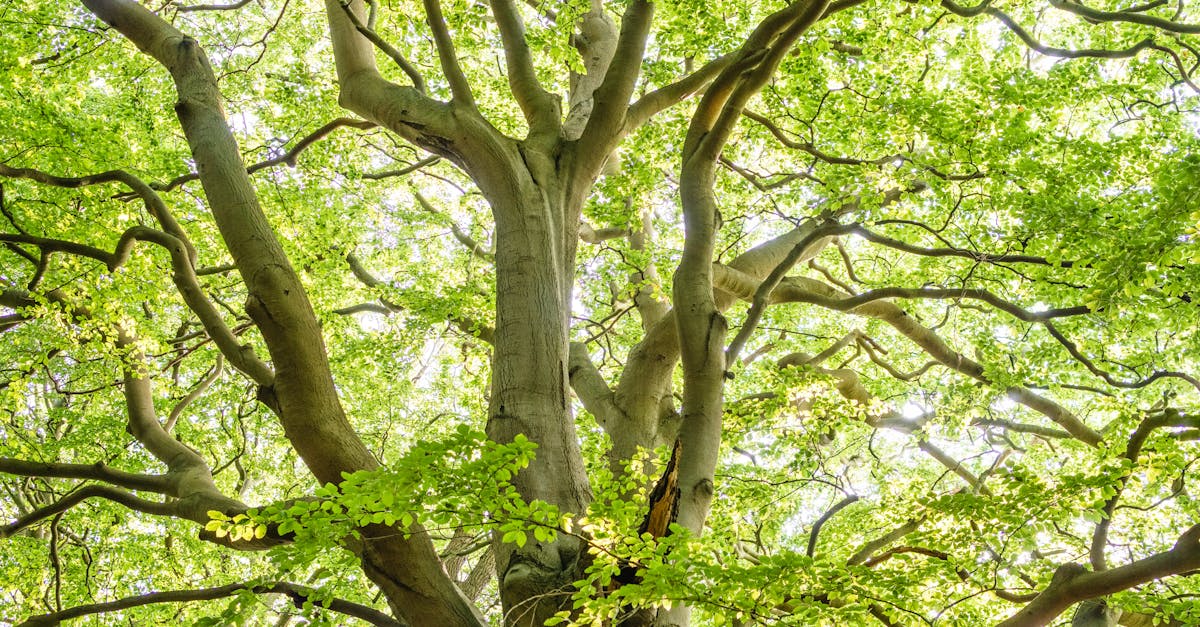
Pruning Specific Plants
When it comes to pruning specific plants, it's crucial to understand the unique needs of each variety. Different plants have different growth patterns and requirements for optimal health. For instance, trees often benefit from regular pruning to promote strong growth and structural integrity. Proper pruning techniques can help to remove dead or diseased branches, encourage new growth, and improve overall plant health. If you're unsure about how to approach pruning specific plants, it might be helpful to consult with a professional arborist or landscaping service for guidance. Tree Pruning and Trimming near me can provide expert advice tailored to your individual plants' needs, ensuring they thrive year after year.
Guidelines for pruning trees, shrubs, and flowers
Pruning trees, shrubs, and flowers is essential for their overall health and appearance. When it comes to pruning trees, always start by removing any dead, diseased, or damaged branches. This not only improves the tree's health but also enhances its aesthetic appeal. It is crucial to make clean cuts close to the trunk or a lateral branch to promote proper healing. When trimming shrubs, focus on maintaining their shape and encouraging new growth by cutting back overgrown or wayward branches. Regular pruning helps in the development of a strong structure and prevents overcrowding within the shrub.
For flowers, deadheading - removing spent blooms - is key to prolonging their blooming period and encouraging more flowers to blossom. Additionally, thinning out crowded areas within flower beds allows for better air circulation and fewer disease issues. When engaging in pruning activities, consider seeking professional services such as "Tree Pruning and Trimming near me" for expert advice and assistance. By following these guidelines, you can ensure that your trees, shrubs, and flowers remain healthy, vibrant, and visually appealing all year round.
Frequency of Pruning
Pruning is a vital aspect of maintaining the health and appearance of your plants. How often you should prune your plants depends on the type of plant and its specific needs. In general, most trees, shrubs, and flowers benefit from regular pruning to promote growth and flowering. It is recommended to prune deciduous trees and shrubs during their dormant season in late winter or early spring to encourage healthy growth in the coming season. On the other hand, flowering plants should be pruned after they finish blooming to remove old growth and encourage new blooms. Checking for "Tree Pruning and Trimming near me" can help you find local professionals who can provide expert advice on the optimal pruning schedule for your specific plants.
How often should you prune your plants
Pruning is a crucial aspect of plant care that directly impacts their health, growth, and overall appearance. One common question that often arises is, how often should you prune your plants? The frequency of pruning largely depends on the type of plant, its growth rate, and the desired outcome. For most trees, shrubs, and flowers, an annual pruning session during the dormant season is generally recommended. This pruning schedule allows plants to recover and prepare for new growth in the upcoming season.
Professional assistance for "Tree Pruning and Trimming near me" can provide guidance on the specific needs of your plants. Some plants may require more frequent pruning to maintain shape and vigor, while others may need minimal pruning to flourish. Observing the growth patterns of your plants, assessing any overgrowth or dead branches, and understanding the ideal shape for each species can help determine the best pruning schedule. Regular monitoring and timely pruning not only promote plant health but also enhance their beauty and longevity.
Pruning for Aesthetics
Pruning for aesthetics is an essential practice for maintaining the visual appeal of your garden or landscape. By selectively removing branches and shaping plants, you can enhance the overall appearance of trees, shrubs, and flowers. Consider hiring professionals for Tree Pruning and Trimming near me to ensure your plants receive the care they need to thrive and look their best.
When pruning for aesthetics, it's crucial to have a clear vision of how you want your plants to look. Whether you aim to create a formal, structured appearance or a more natural and organic shape, careful pruning can help achieve your desired aesthetic. Regularly shaping and trimming your plants can also promote healthy growth and encourage flowering or fruit production, adding to the beauty of your outdoor space.
Enhancing the appearance of plants through pruning
Enhancing the appearance of plants through pruning is a delicate art that requires a keen eye and a steady hand. When done correctly, pruning can transform a wild and overgrown plant into a well-manicured centerpiece of any garden or landscape. Whether it's trimming back unruly branches to create a more symmetrical shape or removing dead or diseased foliage to promote new growth, the process of pruning plays a crucial role in maintaining the health and aesthetics of your plants. With the right tools and techniques, you can achieve a beautiful display that will be the envy of all who pass by. Remember to search for "Tree Pruning and Trimming near me" if you require professional assistance to ensure the best results for your plants.
Adopting a strategic approach to pruning can yield impressive results in enhancing the appearance of your plants. By removing dead or damaged branches, you not only improve the plant's overall appearance but also promote healthy growth and prevent the spread of diseases. Additionally, selective pruning can encourage fuller foliage, increased flowering, and improved air circulation within the plant, leading to a stronger and more vibrant specimen. To elevate the beauty of your plants through pruning, invest time in understanding their specific needs and growth patterns, and always seek out expert advice when in doubt. Remember, "Tree Pruning and Trimming near me" can connect you with professionals who can provide tailored guidance for achieving your desired aesthetic goals.
FAQS
What is the first rule of pruning?
The first rule of pruning is to always use sharp and clean pruning tools to make clean cuts on the plants.
What is the second rule of pruning?
The second rule of pruning is to prune at the right time of year for each specific plant, as timing can impact the plant's growth and health.
What is the third rule of pruning?
The third rule of pruning is to remove dead, diseased, or damaged branches first to promote plant health and prevent the spread of diseases.
What is the fourth rule of pruning?
The fourth rule of pruning is to avoid over-pruning, as removing too much foliage can stress the plant and hinder its growth.
What is the fifth rule of pruning?
The fifth rule of pruning is to always follow proper pruning techniques, such as cutting at the correct angle and avoiding leaving stubs, to ensure the plant's optimal growth and appearance.


